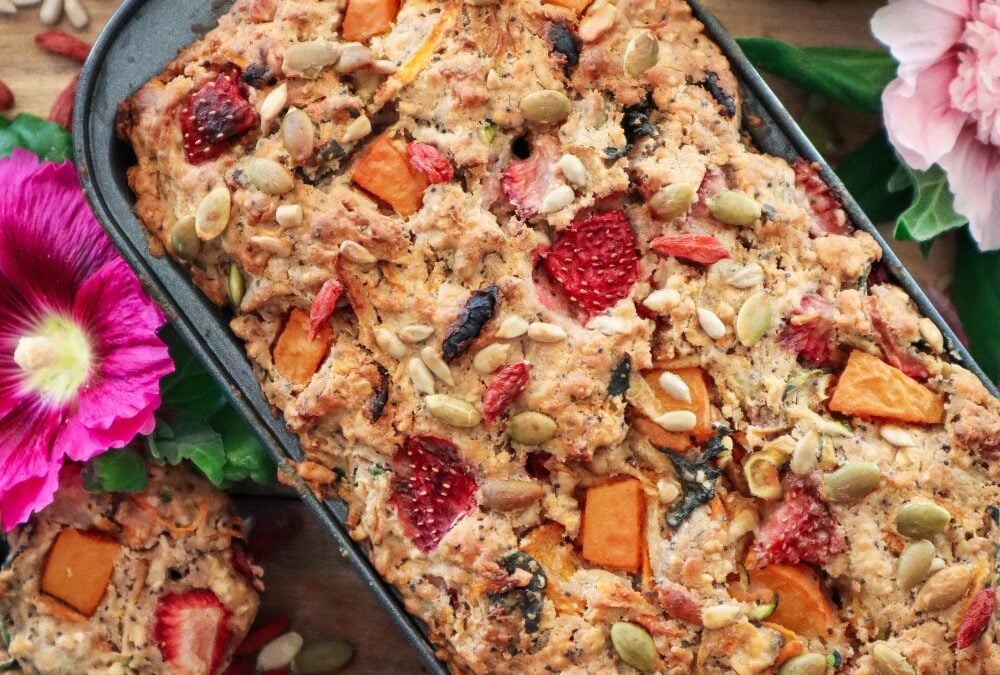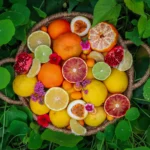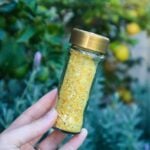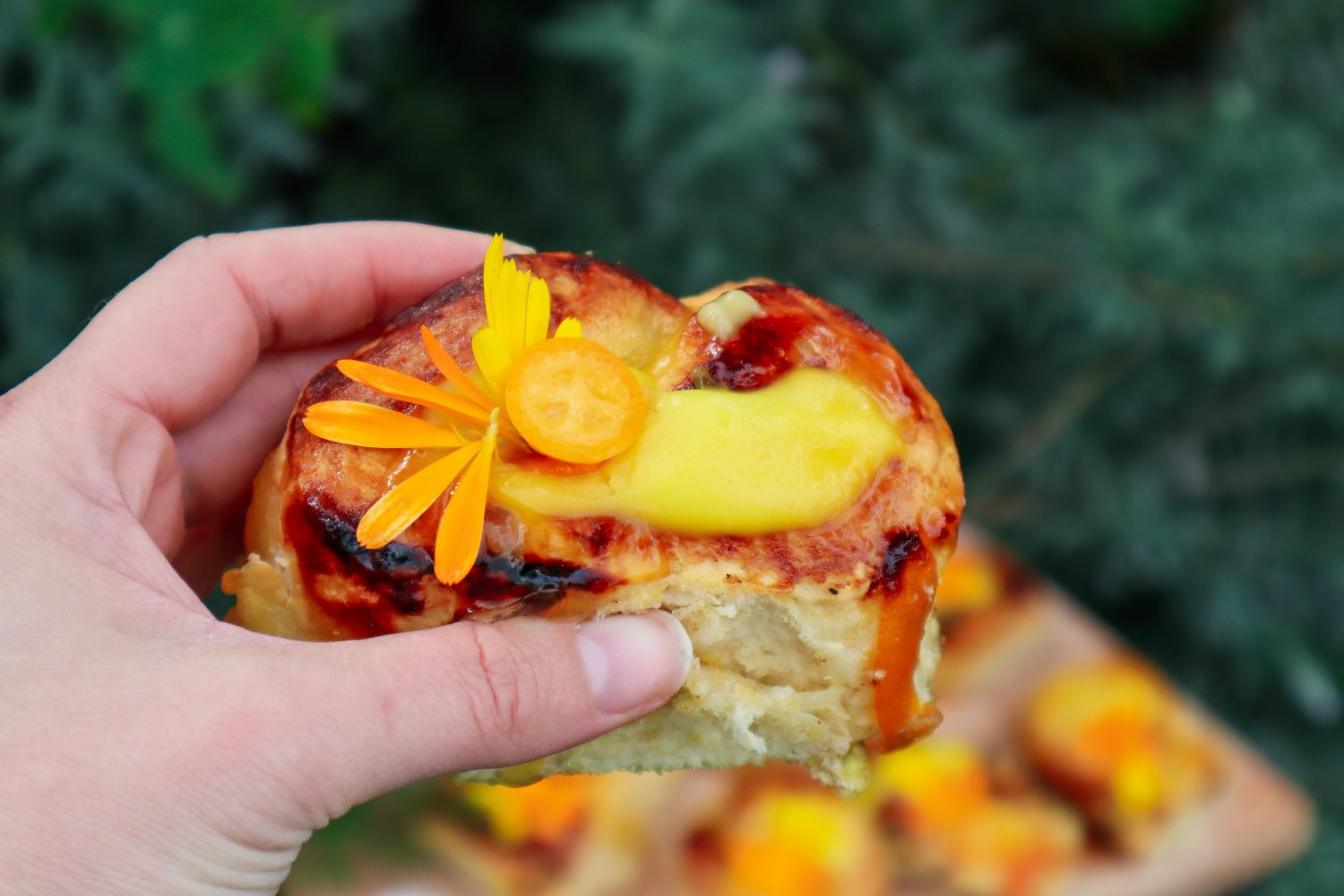
Breakfast loaf
Have odd fruit and veggies to use up? This leftover breakfast loaf is a great way to reduce waste and make a delicious and healthy breakfast (or anytime) alternative. This recipe is flexible to allow a range of fruits, nuts, and seeds you have available.



Leftover Breakfast Loaf
Prep Time:
15 minutes
Cook Time:
45 minutes
Additional Time:
20 minutes
Total Time:
1 hour 20 minutes
Have random odd fruit and veggies that need to be used up? This leftover breakfast loaf is a delicious way to make sure they don't go to waste.
Ingredients
Dry ingredients
- 2 cups flour
- 1 cup oats
- 1 tsp cinnamon
- 1 tsp mixed spice
- 1 TBSP Baking Powder
- 1/2 cup seeds (i used 50:50 pumpkin and sunflower)
- 1/2 cup walnuts (choose your favourite nuts)
- 1 TBSP Poppy Seeds
- 1/2 cup chopped mixed dried fruit (Goji berries, apricot, raisons)
Wet ingredients
- 1/2 cup coconut oil (liquid)
- 1/2 cup quality maple syrup
- 3/4 cup oat milk (or preferred milk)
Fruit & Veggies
- 1 cup grated zucchini
- 1 cup grated carrot
- 1 cup chopped greens/ spinach
- 1 cup grated pear (or apple)
- 1 cup diced Apricot & strawberry (swap for berries or cherries)
Instructions
- Preheat oven to 180 degrees.
- Mix dry ingredients in a bowl.
- Grate and add chopped fruit and veggies to a bowl along with all the wet ingredients. Stir to combine.
- Fold in the dry to the wet mix and combine with minimal mixing (don't over-mix).
- Grease a loaf or bread tin and add in the mix. Bake for 45 minutes or until the skewer comes out clean.
- If there is a little too much for the tin ( in my case) add to muffin trays (but these will only take 20 minutes).
- Allow the tin to cool for 10 minutes then remove the loaf and cool for a further 10-15mins on a wire rack (do not slice straight out of the oven or it will fall apart and turn dry).
Notes
To freeze the extra loaf cut it into slices first and pop it in the compostable ziplock bags.
Mix and match fruit, veggies, nuts, and seeds to make your own delicious blends.
Frozen berries can be used add them in frozen don't thaw them out first.




